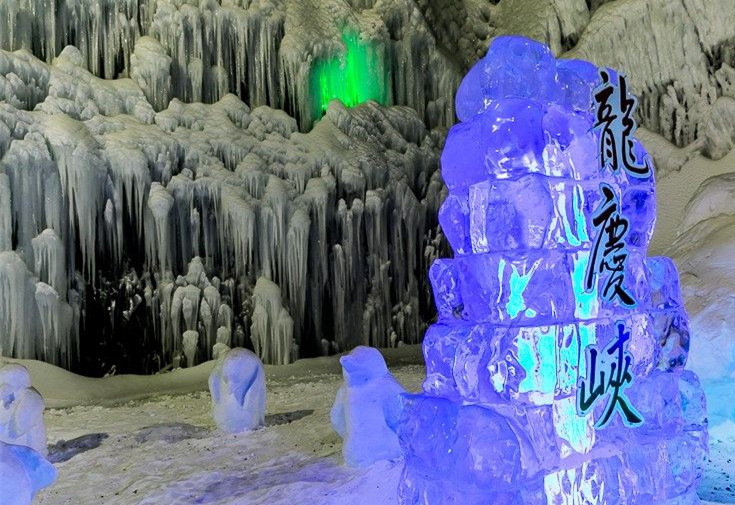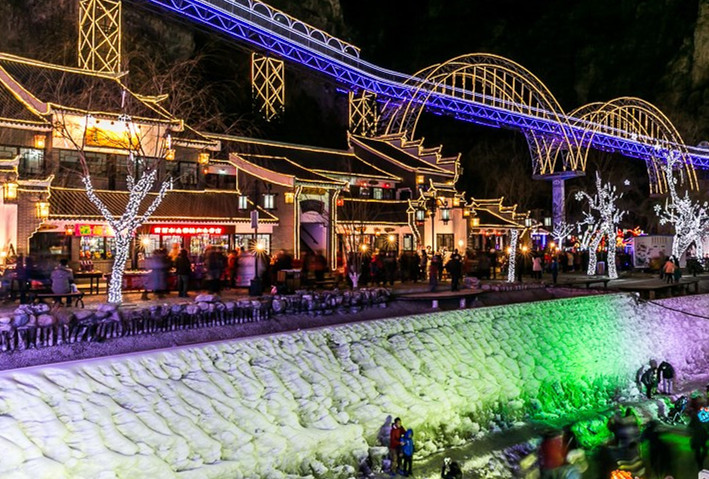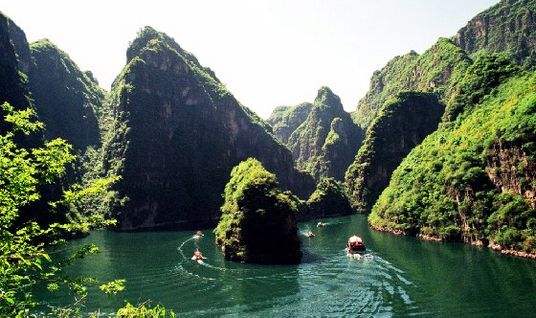When I first set foot in Beijing, I was struck by a feeling that was both familiar and entirely new. As the capital of China, Beijing is not only a bustling modern metropolis but also a place where the weight of history is deeply palpable. From the crimson walls and golden roofs of the Forbidden City to the neon-lit streets of Sanlitun at night, Beijing weaves a fascinating tension between past and present.
Must-Visit Classic Attractions in Beijing
The Forbidden City — Top Beijing Tours Attraction
Stepping into the Forbidden City, you are greeted by endless stretches of red walls and golden glazed rooftops—majestic and awe-inspiring. It is the largest and most well-preserved palace complex in the world. Walking across its expansive courtyards, you can almost hear the echoes of imperial rituals and footsteps from centuries ago. Sunlight glimmers on the vermilion gates, and the golden studs sparkle, instantly transporting you to the era of emperors.
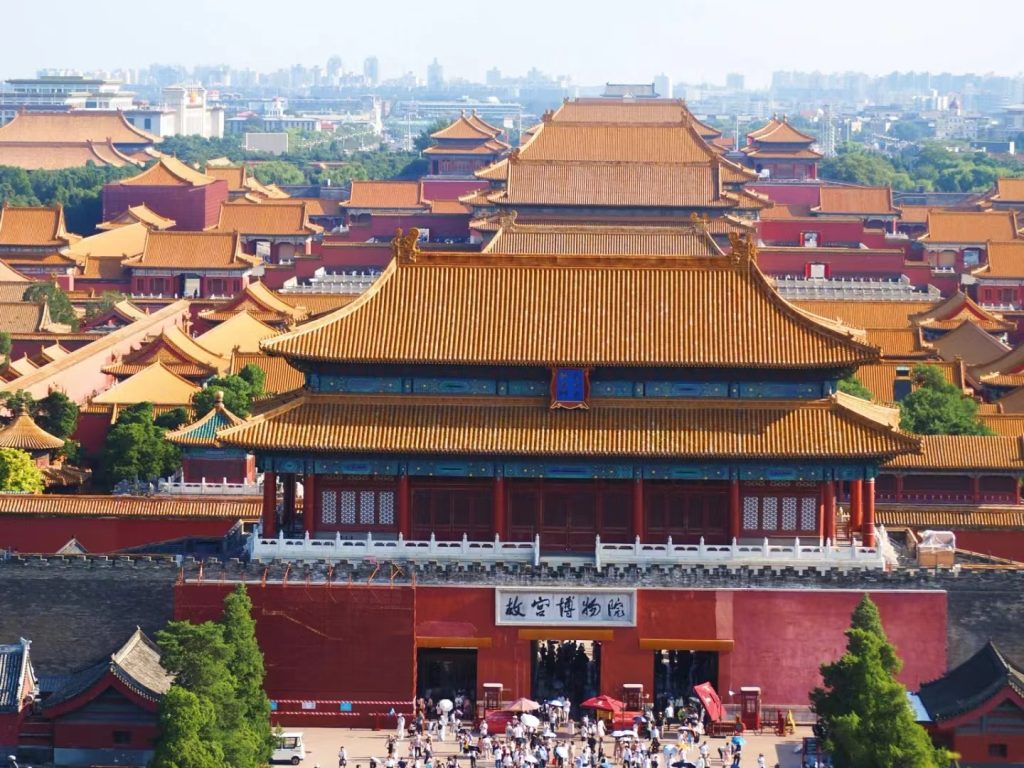
Highlights: The grandeur of the Hall of Supreme Harmony, the serene Imperial Garden, and the exquisite dragon carvings and painted eaves.
Tips for China Travel: Rent an audio guide or hire a tour guide to bring the stories of imperial life to life; take a moment to relax in the Imperial Garden to fully appreciate the elegance of a royal garden.
The Great Wall — Iconic China Travel Landmark
“No one is a true hero until they’ve climbed the Great Wall,” a saying every visitor to China has likely heard. The Wall snakes across mountain ridges like a giant dragon. From afar, it stretches along the undulating peaks, awe-inspiring and monumental. Climbing the Wall yourself and looking over the stone fortifications, you feel the ultimate embodiment of human ingenuity and perseverance.
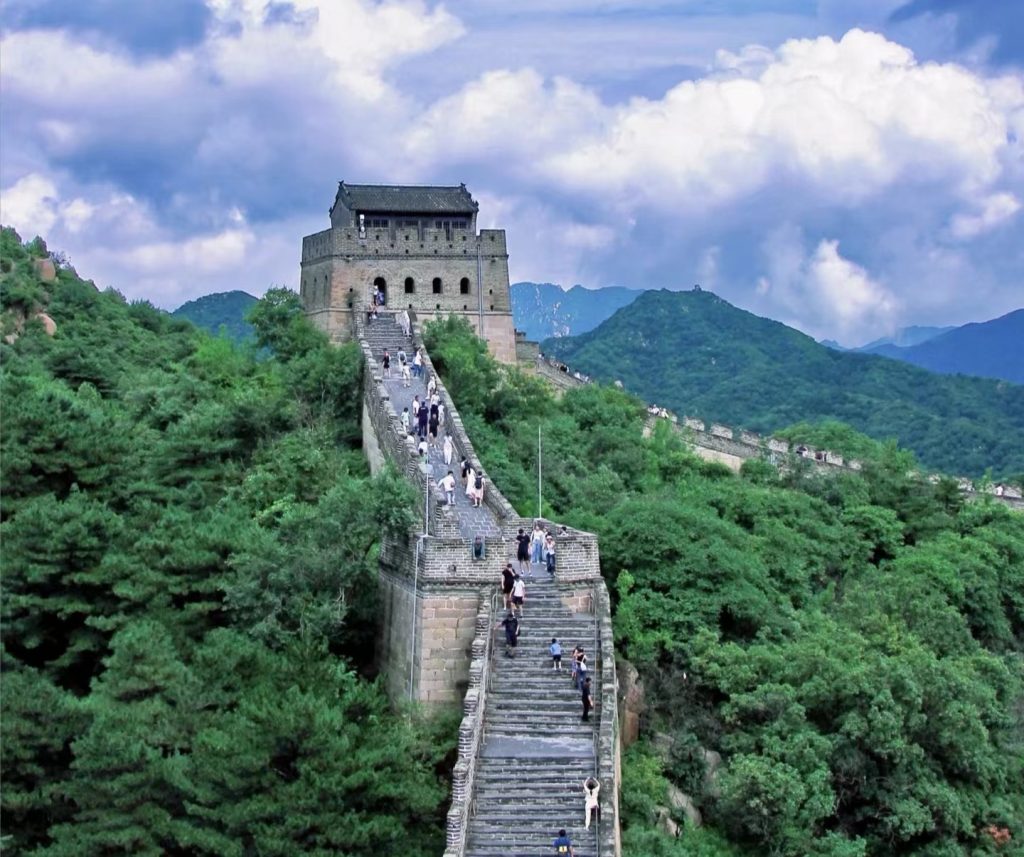
Highlights: The Mutianyu section has fewer tourists, offering sweeping views, while Jinshanling is perfect for hiking with dramatic landscapes.
Travel Tip: Hike a short segment and climb the watchtowers to enjoy panoramic vistas; take a cable car up and walk down to save energy while still enjoying the scenery.
Summer Palace — Best Beijing Attractions for Nature & History
If the Forbidden City represents imperial power, the Summer Palace is a retreat for leisure and relaxation. The reflection of Kunming Lake, the painted corridors, and the serene Tower of Buddhist Incense make visitors naturally slow their pace.
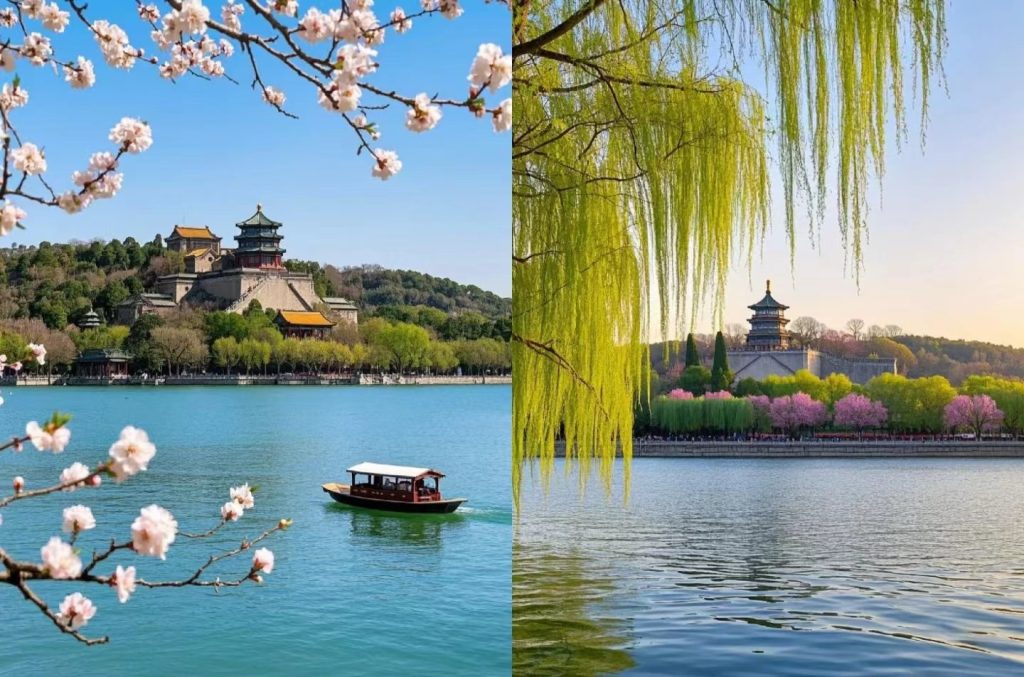
Highlights: The Long Corridor, the longest painted gallery in the world, and panoramic views from the Tower of Buddhist Incense.
Travel Tip: Rent a boat in summer to cruise across Kunming Lake; in winter, enjoy skating on the frozen lake like locals do.
Hutongs & Courtyards — Explore Beijing Culture
Beijing’s hutongs are the city’s “capillaries”—narrow alleys lined with gray walls and traditional courtyard homes that preserve the essence of old Beijing life. Here, there are no skyscrapers, only the gentle rhythm of footsteps and neighbors chatting.
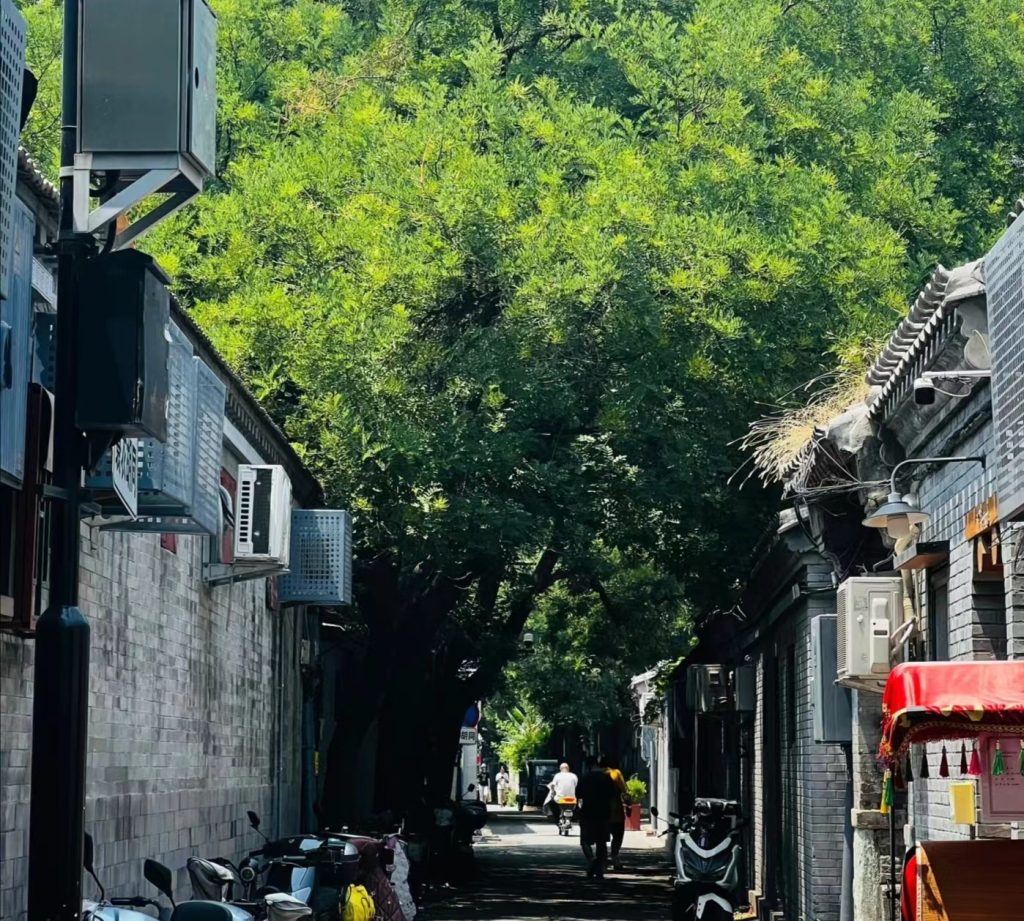
Highlights: Nanluoguxiang is lively and colorful, while Shichahai offers bars and a charming lakeside atmosphere at night.
Travel Tip: Explore by bicycle or rickshaw, and take the time to chat with local residents to experience authentic Beijing life.
Temple of Heaven — Historical Beijing Landmark
The blue-tiled roof of the Hall of Prayer for Good Harvests shines under the sun. Once the sacred site where emperors offered prayers for a bountiful harvest, the Temple of Heaven impresses with symmetry and geometric beauty.
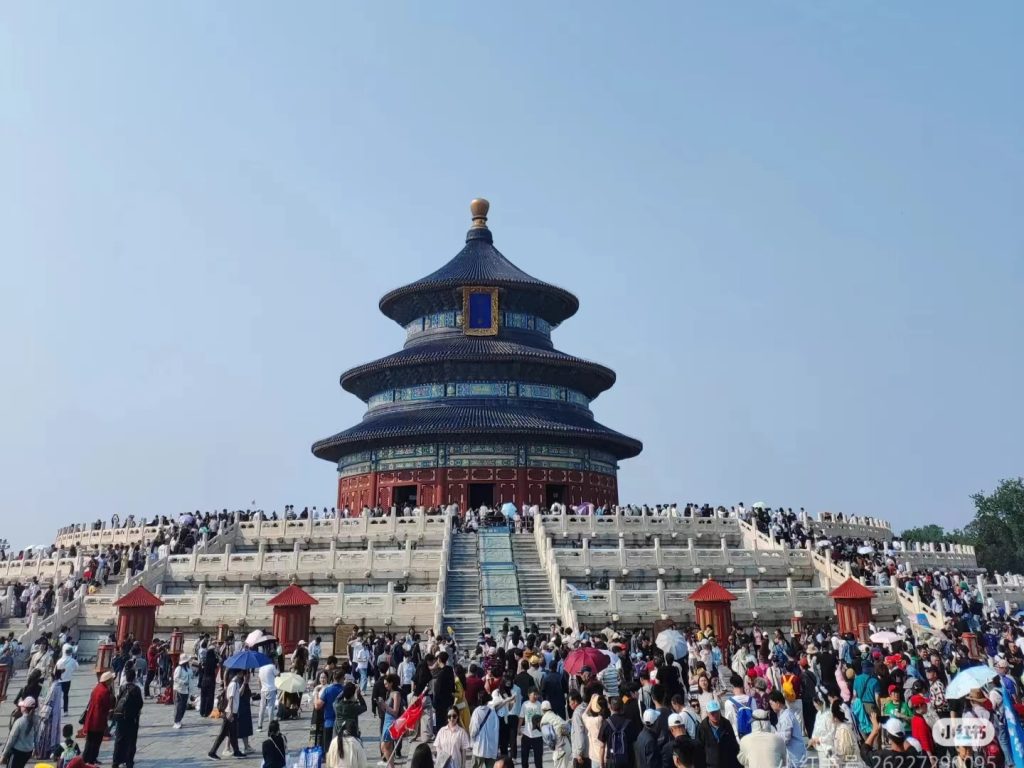
Highlights: The circular design of the Hall of Prayer for Good Harvests symbolizes “heavenly perfection,” and the Echo Wall demonstrates ancient acoustic ingenuity.
Travel Tip: Visit early in the morning to see locals practicing tai chi, playing badminton, or performing traditional music.
Beihai Park — Serene Beijing Attraction
This historic imperial garden combines lakes and hills, with the White Pagoda standing gracefully on Qiong Island. Willow trees bend over the calm waters, and ducks swim leisurely.
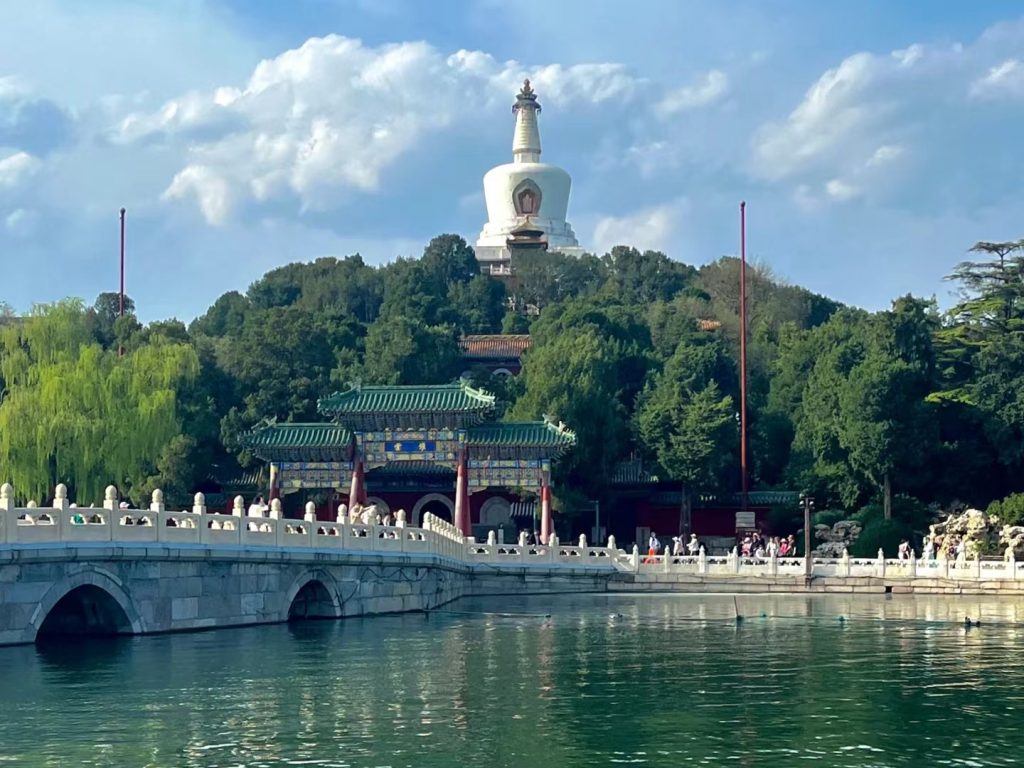
Highlights: The White Pagoda, the Nine-Dragon Wall, and exquisite traditional pavilions.
Travel Tip: Rent a small boat to drift across the lake or stroll along the water while watching locals play chess or walk birds.
Lama Temple — Spiritual Site in Beijing
The largest Tibetan Buddhist temple in Beijing, the Lama Temple is tranquil and filled with incense smoke. Red walls and golden rooftops gleam in the sunlight, while wooden halls emit a subtle scent of sandalwood.
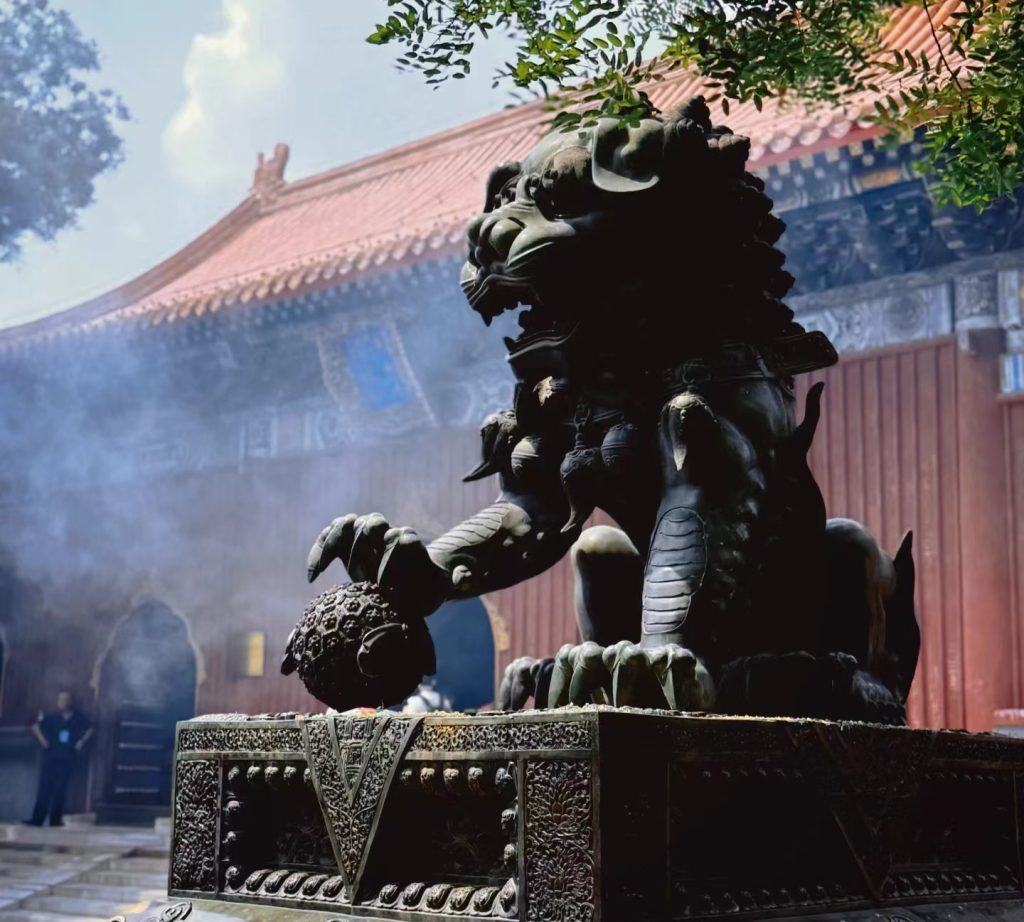
Highlights: Home to the tallest wooden Maitreya Buddha statue in the world.
Travel Tip: Light an incense stick to soak in the spiritual ambiance; observe architectural details that showcase a fusion of Han and Tibetan artistry.
798 Art District — Modern Beijing Art & Culture
Transformed from an old factory, this art district is adorned with graffiti, modern sculptures, exhibition halls, and cafes. Here, creativity and imagination thrive in every corner. Strolling through the industrial-style spaces, you encounter Beijing’s most avant-garde side, creating a striking contrast with the historical grandeur of the Forbidden City.
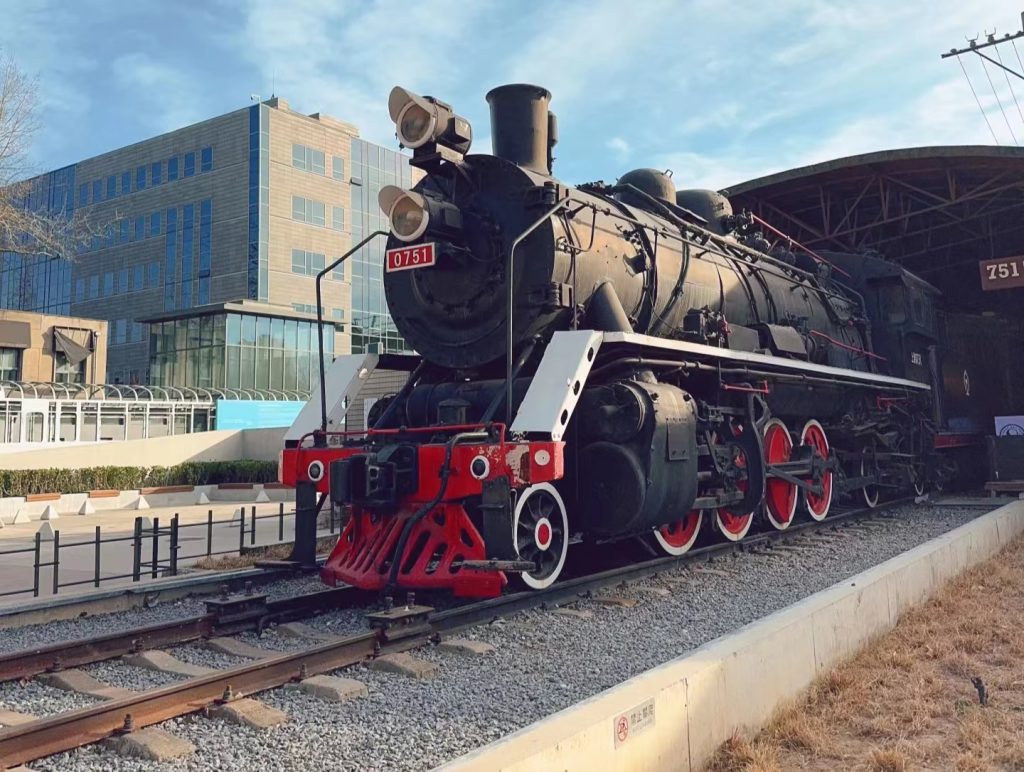
Highlights: Contemporary art exhibitions, boutique shops, and innovative cafés.
Travel Tip: Browse unique artworks, buy designer souvenirs, or relax at a café while sharing travel stories.
Beijing Food Guide — Must-Try Local Cuisine
Peking Duck: Crispy skin and tender meat wrapped in thin pancakes with scallions and sweet bean sauce.
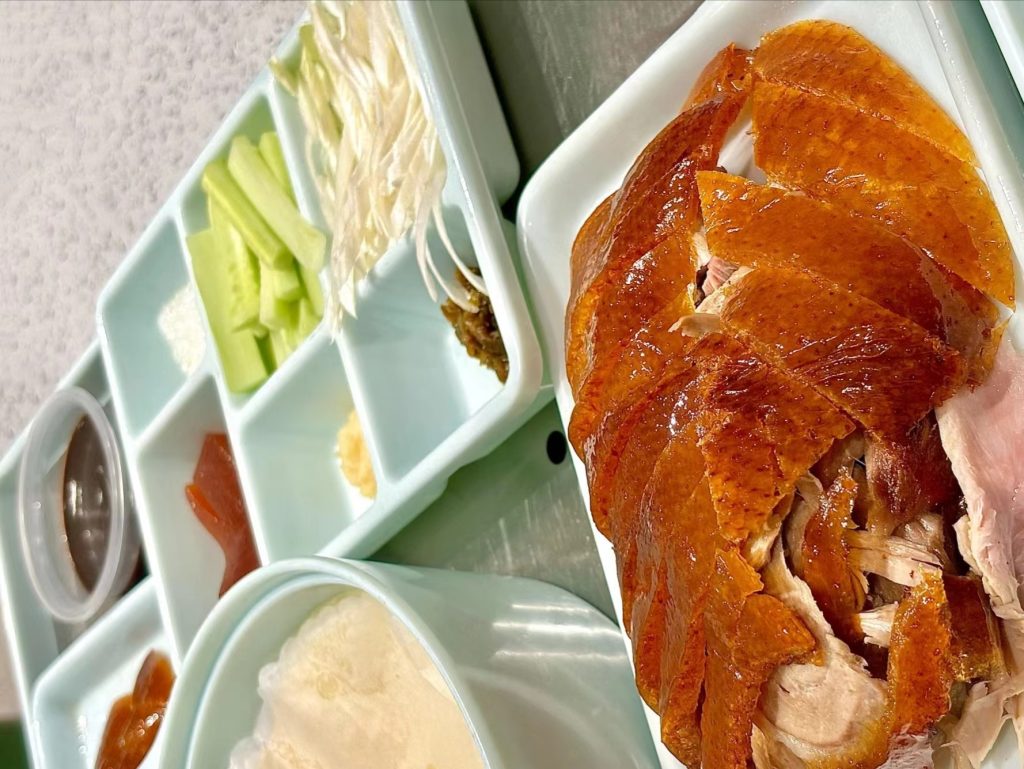
Zhajiangmian: Thick soybean paste mixed with noodles, a staple of daily Beijing life.
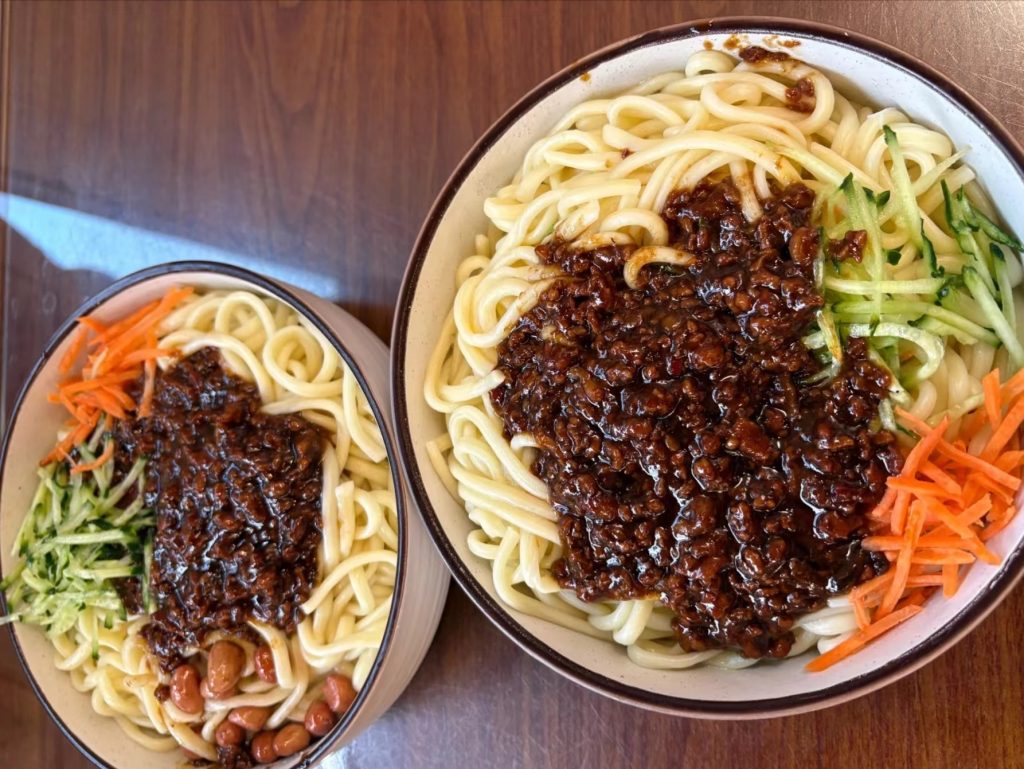
Yang Xiezi Hotpot: Rich broth with tender lamb spine, perfect for warming up in winter.
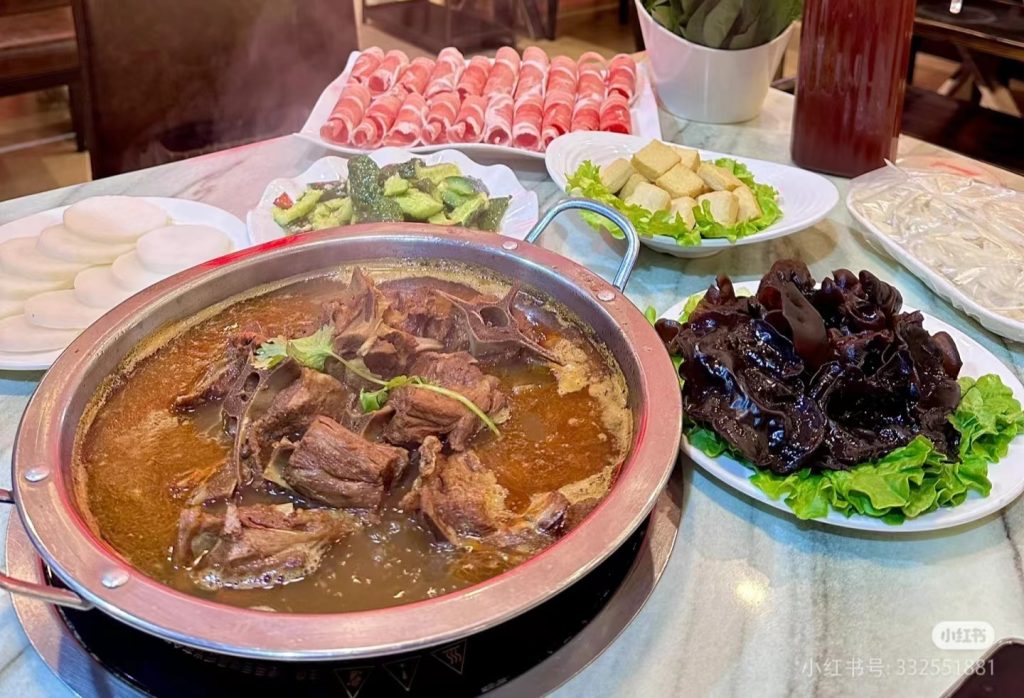
Douzhi & Jiaoquan: Fermented mung bean drink with fried dough rings, culturally unique breakfast.
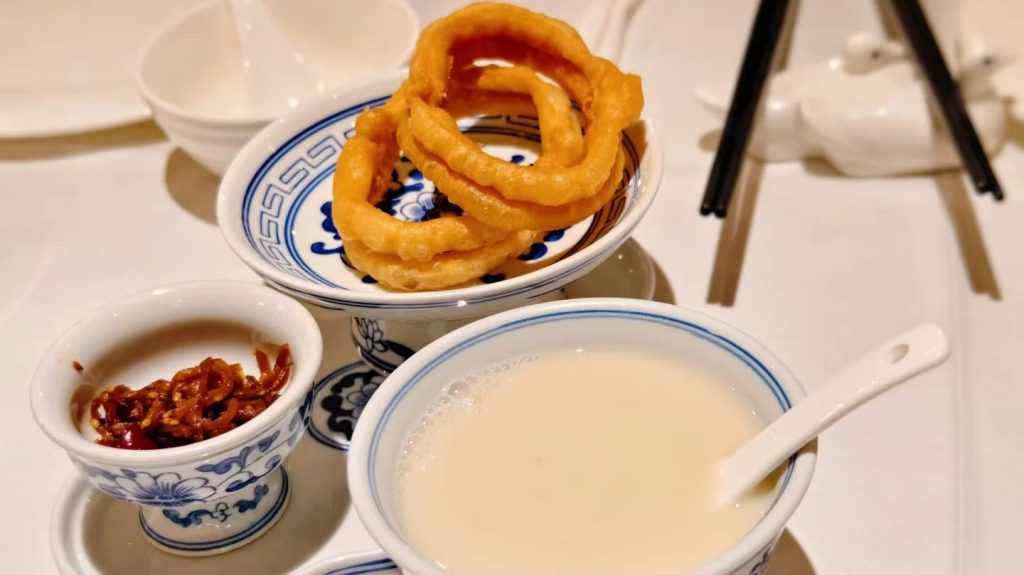
Lvdagun: Sweet glutinous rice rolls with bean paste, coated in soybean flour.
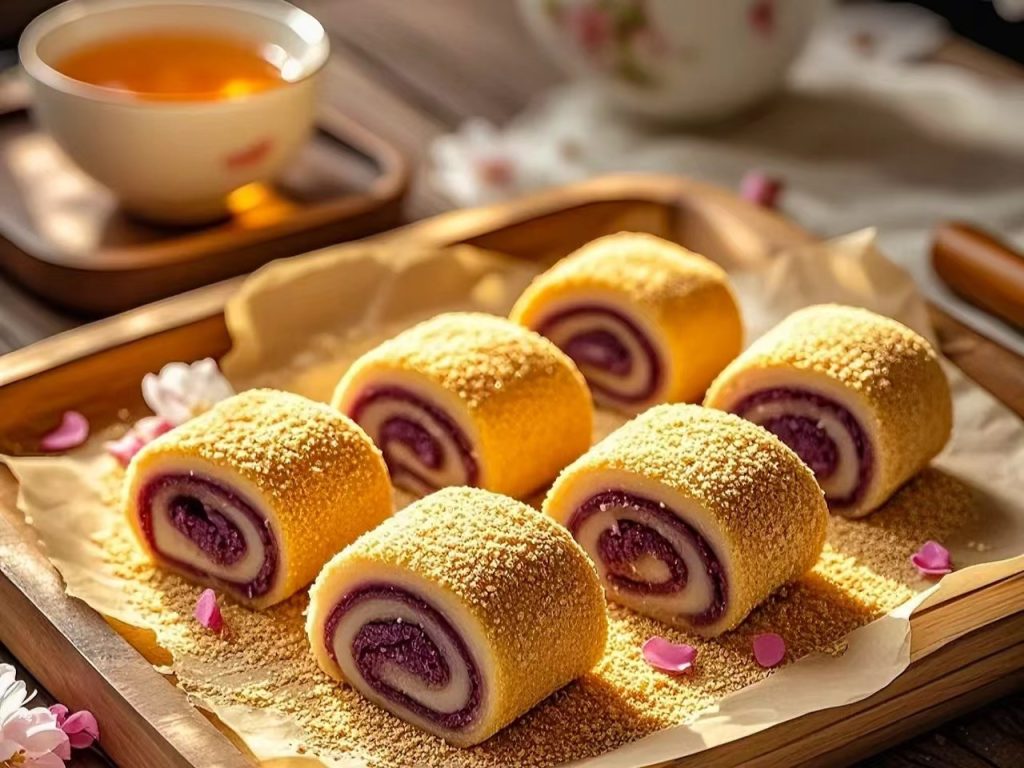
Copper Pot Hotpot: Thinly sliced lamb cooked over charcoal, dipped in sesame sauce.
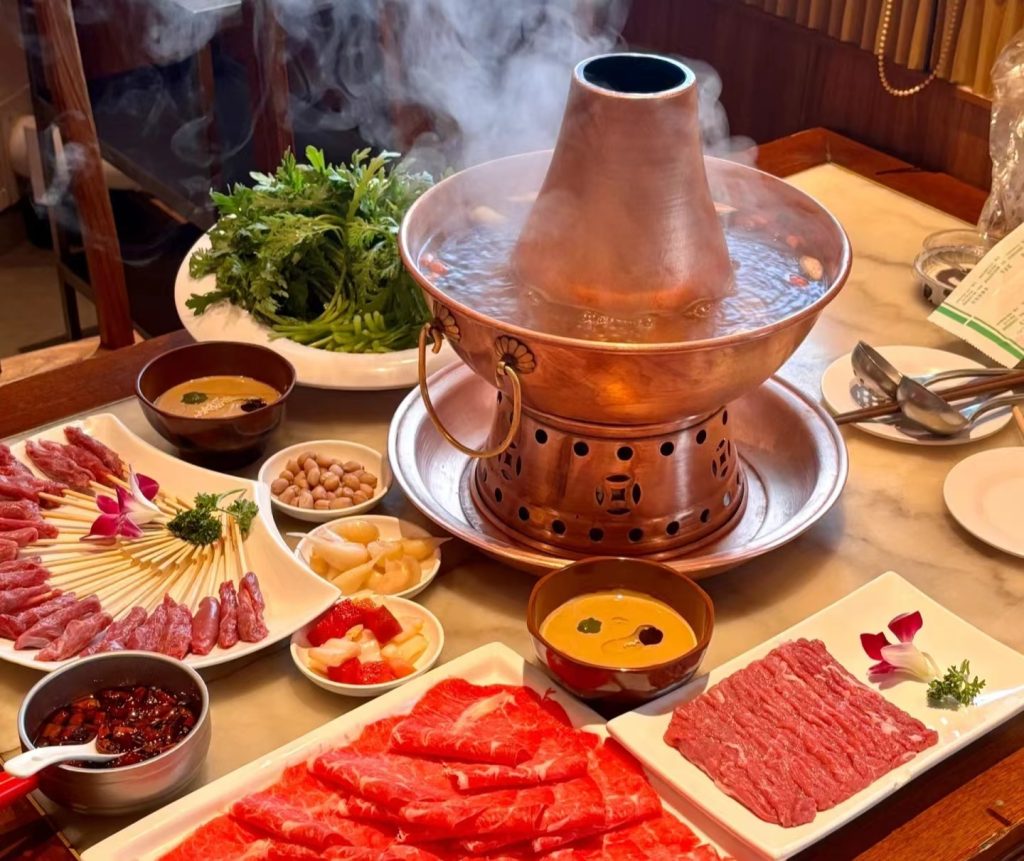
Luzhu Huoshao: Traditional snack with pork offal simmered in broth, served with crispy bread slices.
Street Snacks: Wangfujing Snack Street offers candied haw, lamb skewers, and adventurous insect delicacies.
Beijing Travel Tips — Essential Guide for China Travel
1. Best Time to Visit: Spring and autumn (April–May, September–October) are ideal for sightseeing.
2. Transportation: The Beijing subway is convenient; avoid rush hours to escape crowded trains.
3. Tickets & Reservations: Popular attractions like the Forbidden City require online booking in advance.
4. Cultural Etiquette: Stay quiet in temples or religious sites; respect queues.
5. Language Tips: Many young locals speak English, but learning basic phrases like “你好 (Nǐhǎo)” or “谢谢 (Xièxie)” enhances interactions.
Beijing caters to travelers with diverse interests. Whether exploring ancient imperial culture or experiencing the bustling modern city, Beijing promises a journey unlike any other. As I left, I carried the wind from the Great Wall, the aroma of roasted duck drifting through the hutongs, and the golden sunlight flickering off palace rooftops. Beijing is a city worth visiting at least once in a lifetime.
 Beijing Wildlife Park is located in the forest in Daxing District, about 40 kilometers away from the urban area. There are more than two hundred animals in the park, with tens of thousands of them. It is a paradise for children to visit and learn. Many animals in the garden adopt free-range methods. You can observe the animals up close in the iron cage, and you can also feed them, which is full of fun.
Beijing Wildlife Park is located in the forest in Daxing District, about 40 kilometers away from the urban area. There are more than two hundred animals in the park, with tens of thousands of them. It is a paradise for children to visit and learn. Many animals in the garden adopt free-range methods. You can observe the animals up close in the iron cage, and you can also feed them, which is full of fun. The end of the car dealership is the starting point of the northern line. There is a mini animal free-range area where you can rent a battery car to enter. The animals here are relatively safe. You can feed herbivores such as alpacas and deer, and you can also interact with the animals.
The end of the car dealership is the starting point of the northern line. There is a mini animal free-range area where you can rent a battery car to enter. The animals here are relatively safe. You can feed herbivores such as alpacas and deer, and you can also interact with the animals. Fragrant Hills Park is located in the western suburbs of Beijing. It is a royal garden with mountain forest features. The park is lush and there are many monuments hidden in the forest. It is a viewing spot and natural oxygen bar in Beijing. The “Fragrant Hills Red Leaves” is the highlight of the scenic spot every autumn, and it is well known in China.
Fragrant Hills Park is located in the western suburbs of Beijing. It is a royal garden with mountain forest features. The park is lush and there are many monuments hidden in the forest. It is a viewing spot and natural oxygen bar in Beijing. The “Fragrant Hills Red Leaves” is the highlight of the scenic spot every autumn, and it is well known in China. Fragrant Hills Park is a park with the classical charm. There are mountains, water and classical garden buildings. Visit Fragrant Hills Park and feel the beauty of nature! Red leaves in the mountains are also a big feature in autumn! Autumn is a good season to go to Fragrant Hills Park to enjoy the mountains and wild red maples! There are a lot of photographers here, Fragrant Hills park under the blue sky and white clouds is very beautiful!
Fragrant Hills Park is a park with the classical charm. There are mountains, water and classical garden buildings. Visit Fragrant Hills Park and feel the beauty of nature! Red leaves in the mountains are also a big feature in autumn! Autumn is a good season to go to Fragrant Hills Park to enjoy the mountains and wild red maples! There are a lot of photographers here, Fragrant Hills park under the blue sky and white clouds is very beautiful!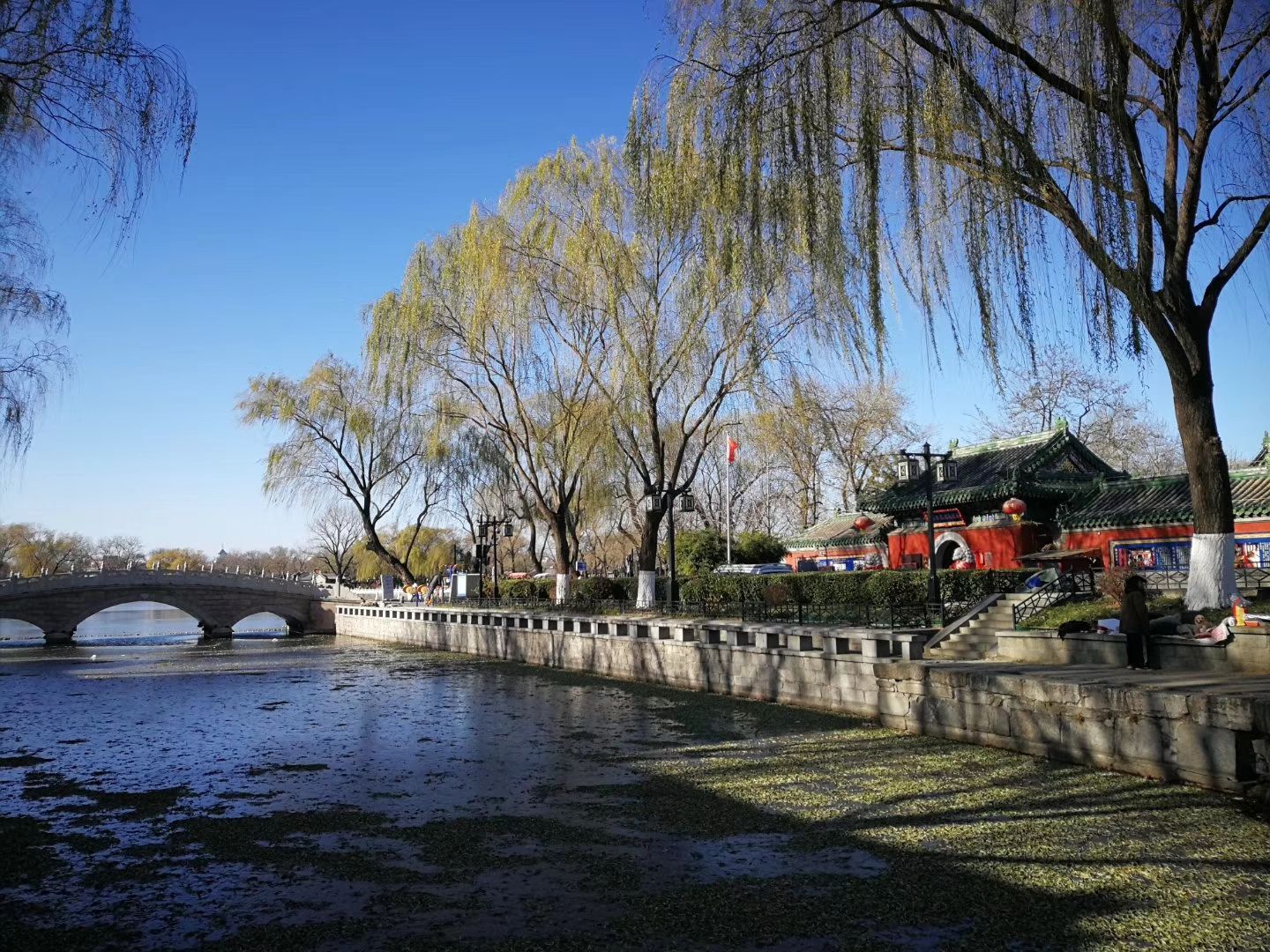 Shichahai refers to the three lakes of Qianhai, Houhai and Xihai and their neighboring areas. It has a large and beautiful lake. It is also a famous historic district in Beijing. Many celebrities’ former residences, royal palaces and other monuments are scattered among them. There are all kinds of delicious food close to people’s life. Houhai Bar Street is an old-style resort for the nightlife of Beijing.
Shichahai refers to the three lakes of Qianhai, Houhai and Xihai and their neighboring areas. It has a large and beautiful lake. It is also a famous historic district in Beijing. Many celebrities’ former residences, royal palaces and other monuments are scattered among them. There are all kinds of delicious food close to people’s life. Houhai Bar Street is an old-style resort for the nightlife of Beijing.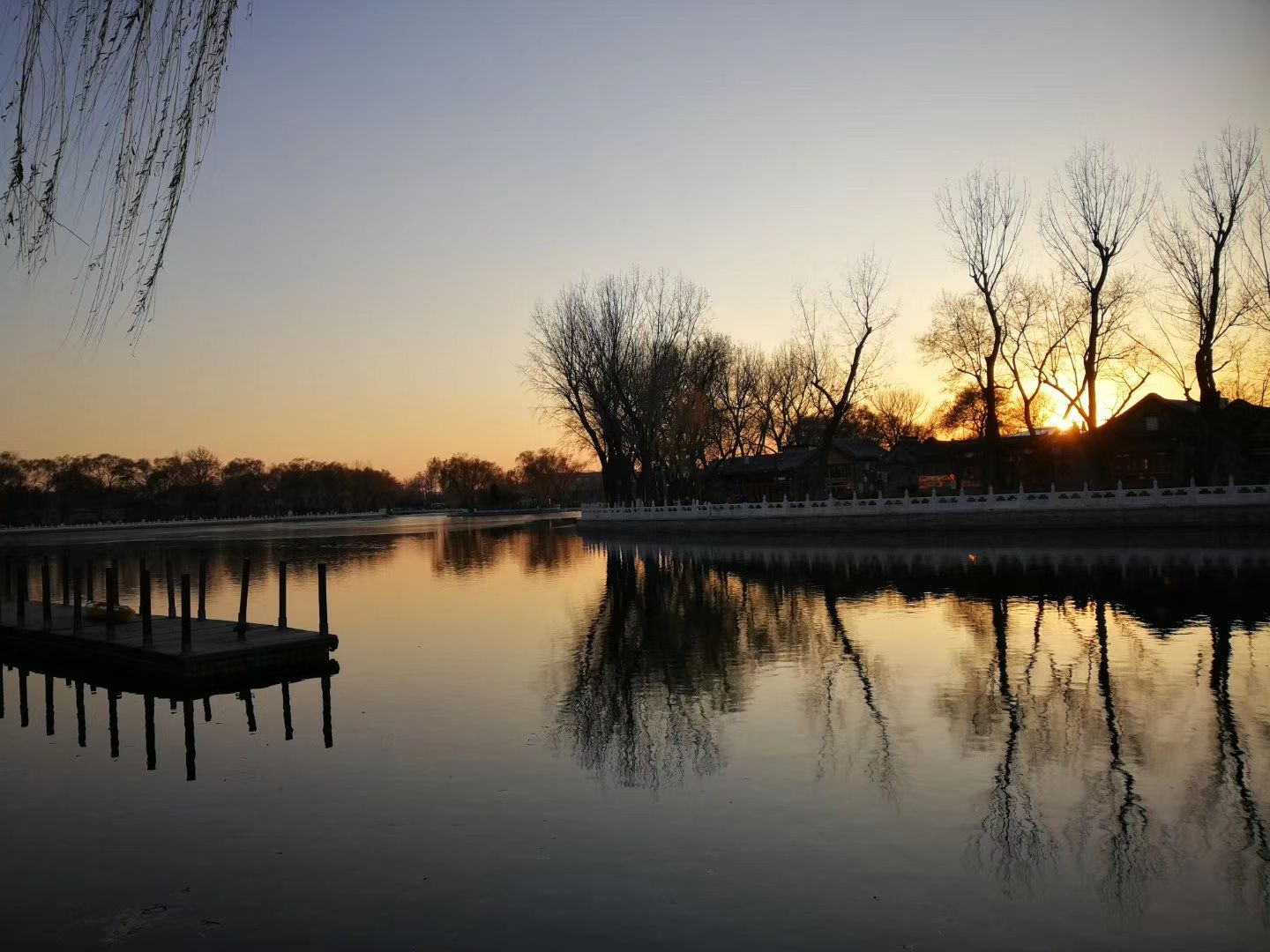 Shichahai lies on Nanluoguxiang in the east and Beihai Park in the south. It is not far from Jingshan Park, Forbidden City and Tiananmen Square. Usually, you can visit the Forbidden City or Tiananmen in the daytime, and sit at the Shichahai bar in the evening; if you don’t go to the Forbidden City and Tiananmen Square, and you just like the lake view, you can play at Shichahai or Beihai Park; if you only like to go shopping or looking for delicious snacks, you can go to the Nanluogu next to Shichahai.
Shichahai lies on Nanluoguxiang in the east and Beihai Park in the south. It is not far from Jingshan Park, Forbidden City and Tiananmen Square. Usually, you can visit the Forbidden City or Tiananmen in the daytime, and sit at the Shichahai bar in the evening; if you don’t go to the Forbidden City and Tiananmen Square, and you just like the lake view, you can play at Shichahai or Beihai Park; if you only like to go shopping or looking for delicious snacks, you can go to the Nanluogu next to Shichahai. Tiananmen Square is located in Chang’an Street, Dongcheng District, Beijing. It is the heart of Beijing and the largest city center square in the world. It covers an area of 44 hectares, 880 meters long from north to south, 500 meters wide from east to west, and covers an area of 440,000 square meters. It can accommodate 1 million people for a grand rally.
Tiananmen Square is located in Chang’an Street, Dongcheng District, Beijing. It is the heart of Beijing and the largest city center square in the world. It covers an area of 44 hectares, 880 meters long from north to south, 500 meters wide from east to west, and covers an area of 440,000 square meters. It can accommodate 1 million people for a grand rally. On October 1, 1949, Chairman Mao Zedong announced the establishment of the People’s Republic of China on the Tiananmen Gate, and personally raised the first five-star red flag. China bid farewell to humiliation and slavery. Since then, the Tiananmen Gate has become a symbol of the new China. Its solemn image is an important part of the Chinese national emblem. Tiananmen Square attracts a large number of tourists to visit.
On October 1, 1949, Chairman Mao Zedong announced the establishment of the People’s Republic of China on the Tiananmen Gate, and personally raised the first five-star red flag. China bid farewell to humiliation and slavery. Since then, the Tiananmen Gate has become a symbol of the new China. Its solemn image is an important part of the Chinese national emblem. Tiananmen Square attracts a large number of tourists to visit.